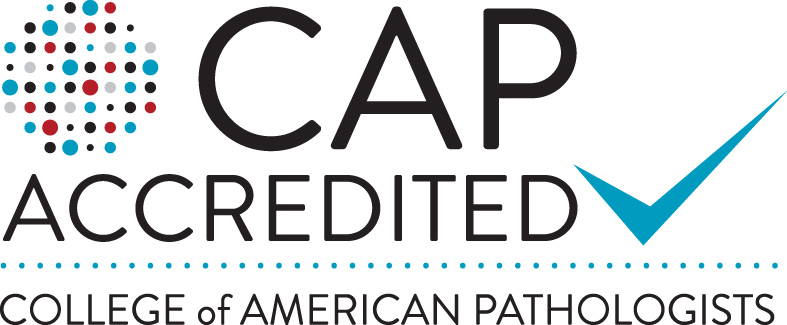
Eric Smith PhD
Bioinformatician
Carbohydrate active enzymes (CAZymes) are responsible for modification of all carbohydrates, through both anabolic and catabolic pathways. Composed of five major classes and over 300 families and subfamilies, CAZymes play a role in all carbohydrate biochemistry and are vital for the well-being of many organisms. Plant pathogens like the white-rot fungus Dichomitus squalens, for example, require a repertoire of CAZymes to invade plant cells by breaking down the cell wall¹. In humans, the gut microbiome utilizes CAZymes to breakdown complex carbohydrates into smaller components aiding in digestion. However, diets deprived of complex carbohydrates can cause a shift in the functional activity of CAZymes where they degrade the mucus barrier of the colon and enhance susceptibility to pathogens². CAZyme characterization is a window to functional activity in the microbiome and has potential to identify critical mechanisms of disease pathogenesis and novel therapeutic targets.
CAZyme comparison in first and second-generation US immigrants
Rising rates of metabolic disease and autoimmune disorders, primarily in industrialized nations, have been linked to changes in the gut microbiome and subsequently changes to the functional activity of CAZymes. For example, major changes to diet and environment of immigrants from Thailand to the United States raises their risk of obesity – by almost of a factor of two – to mirror that of a US born citizen in a short period of time³. Similarly, the gut microbiome shifts dramatically when the host immigrates to an industrialized nation from a recently developed or less industrialized nation. Amplicon sequencing and analysis of microbiome samples from control populations – US citizens and Thailand citizens – and the experimental populations of first and second-generation Thai immigrants generated a principal coordinate analysis with distinct clusters for the US and Thai controls. First-generation immigrants have varied microbiomes with some transitioning more towards the US control and others staying within the Thai control cluster (figure 1). However, over time, the microbiomes of second-generation Thai immigrants become almost indistinguishable from those living in the US for multiple generations – leading to the conclusion that US immigration westernizes or industrializes the human gut microbiome³
There is a significant drop in microbial diversity that occurs when the gut microbiome is “westernized.” The industrialized environment and alterations to diet may cause certain species to disappear while new species colonize and thrive under the new living conditions. However, these observations are made only on the changes in taxa from one sample population to another. Understanding any resultant changes in host health and metabolism requires a comparison of functional activity in the microbiome of the different populations. Due to diet often being altered as a result of immigration, CAZyme characterization can provide unique insight into carbohydrate metabolism.
Interestingly, CAZyme profiling of second–generation Thai immigrants show an almost complete loss of CAZymes prevalent in Thailand in favor of CAZymes that are highly prevalent in the US. The CAZymes associated with the metabolism of carbohydrates common in Thailand, such as palm, coconut, or konjac, are replaced with new enzymes better suited to metabolize the western diet. CAZyme characterization is an insightful look under the hood of the microbiome and bridges the gap between genomic data and functional outcomes.
CAZyme characterization in shotgun sequencing
Traditionally CAZyme characterization has been determined through a lengthy, resource intensive process. Genomes are assembled from sequencing data, and genes are predicted from these assemblies and then annotated for their CAZyme content. This prediction is analyzed using models to calculate the confidence in each annotation and CAZyme genes with significant confidence are used to generate a CAZyme profile of the sample. Bioinformaticians at Diversigen have created a CAZyme characterization method that can be done with shotgun sequencing data alone, in the absence of any assembly, annotation, or prediction.
Benefits to Diversigen’s Shotgun CAZyme Characterization:
- Less resources required to process data
- Taxonomic and functional data from the same sample
- Easy integration to study design
This platform allows researchers to add additional layers of information without the need for significant study changes. Created by training algorithms on over 74 million genes to detect CAZyme content, Diversigen’s CAZyme platform readily profiles CAZyme content from shotgun metagenomic sequencing data in a high-through put process.
Interested in generating CAZyme profiles for your microbiome research? Learn more at www.diversigen.com or contact us with questions at info@diversigen.com
References:


